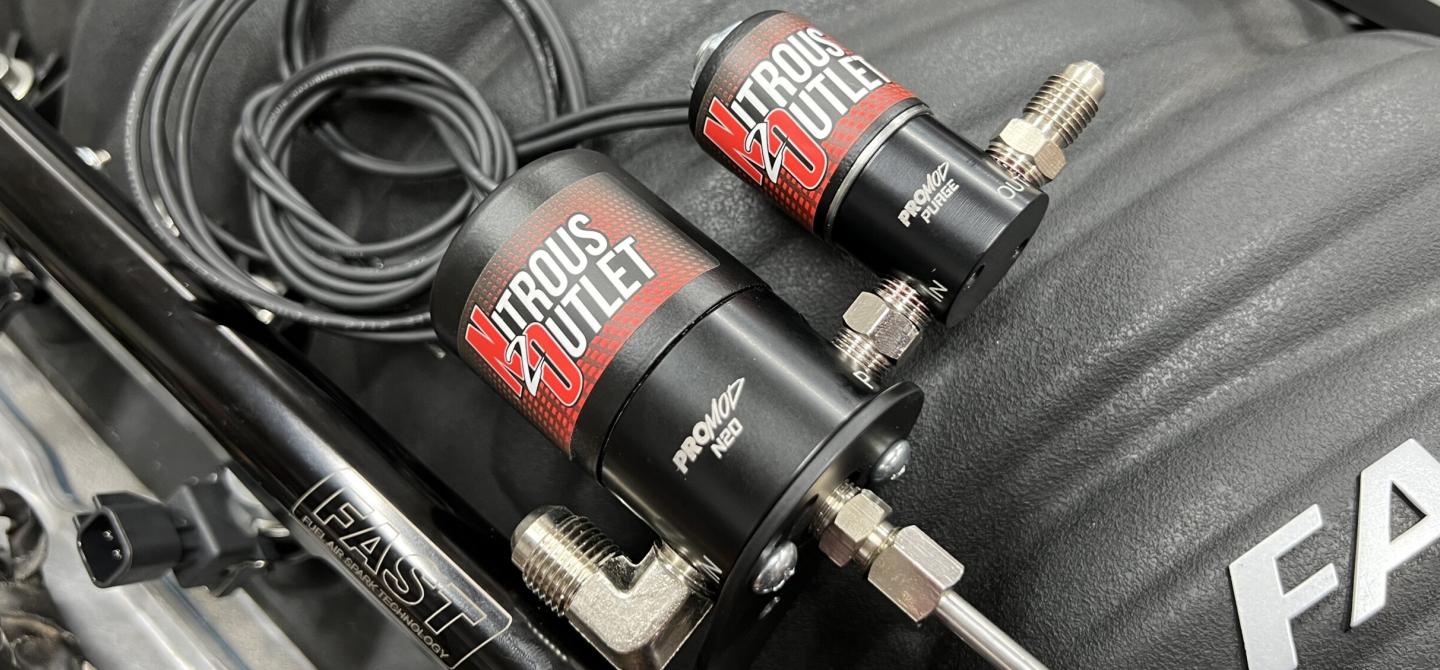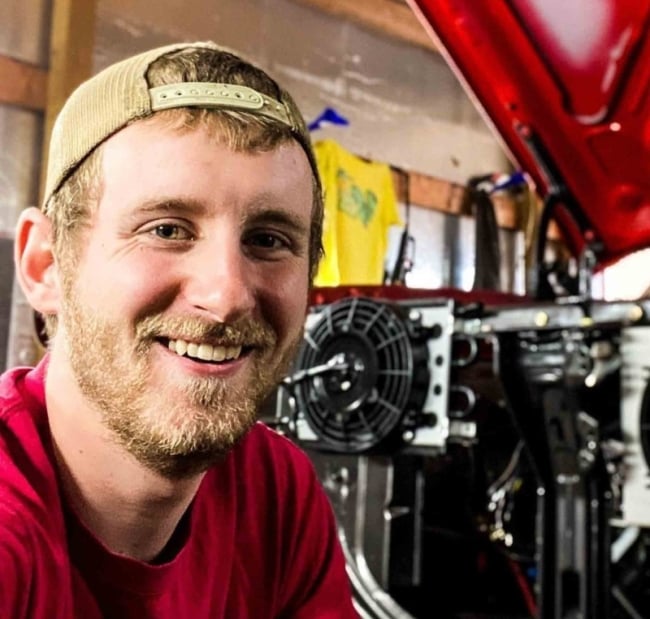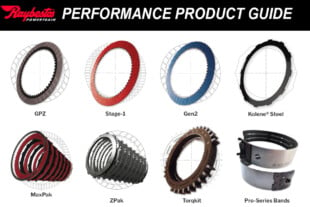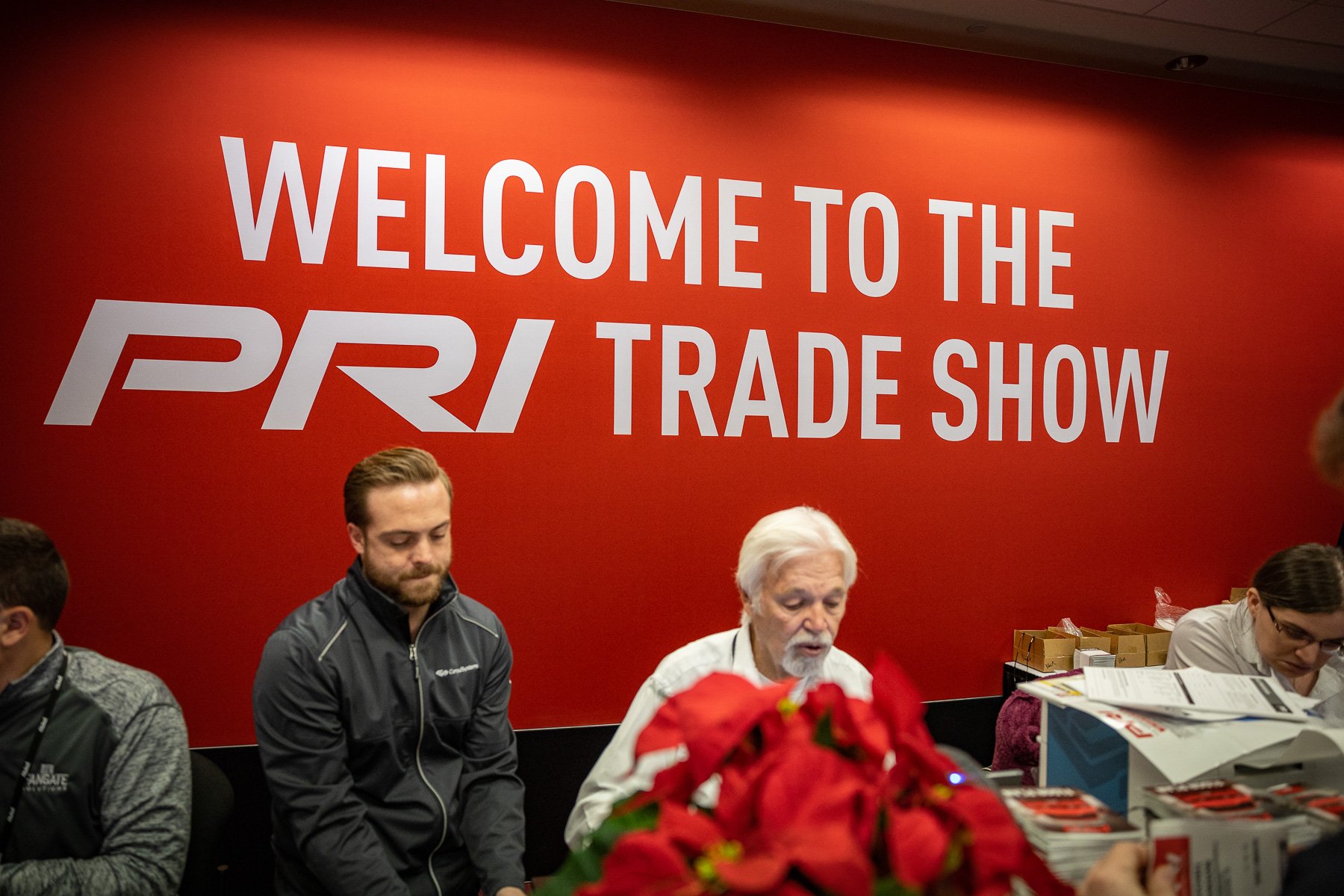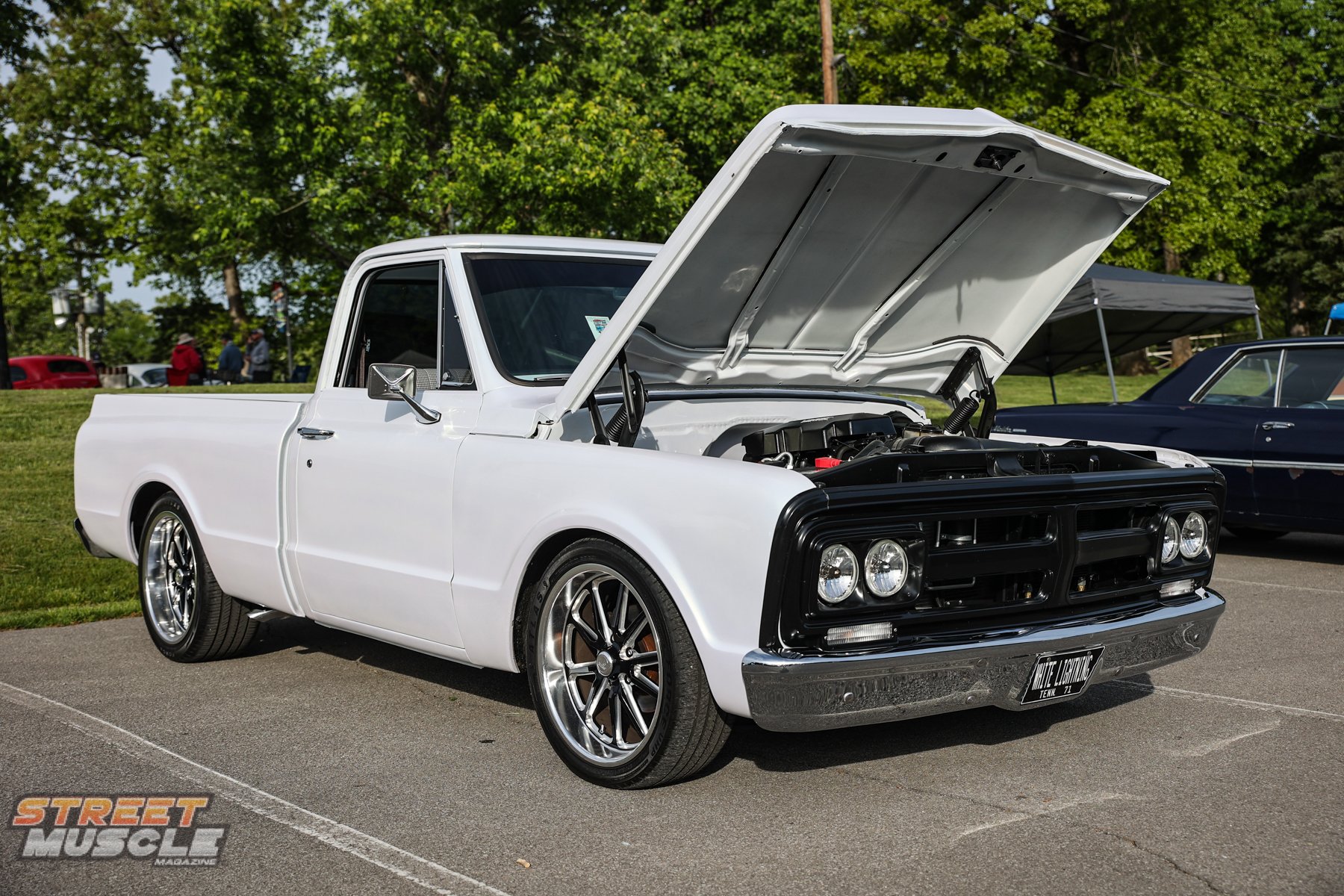We’ve all been in the position to want more power out of our rides. While countless modifications exist to squeeze every ounce of power from your engine, there’s one method that has captivated speed enthusiasts for decades, nitrous oxide. The fascination around nitrous has resulted in an important question. Is nitrous one of the easiest ways to add power to an LS engine, or any engine? Join us as Nitrous Outlet helps us answer that question and install one of their LS plate systems. We’ll be installing the system on an LS engine running a FAST LSXR 102mm intake manifold. Obviously, the power increase makes this Nitrous Outlet system worthwhile, but other benefits include an easy installation, clean appearance, and being made and machined in the USA.
The GM FAST LSXR 102mm Plate System includes all hardware, electrical, and jetting for adding up to 200 horsepower.
Nitrous oxide does three things when it’s sprayed into an engine. It enriches the oxygen, cools the incoming fuel and air, and increases the combustion pressure. Expanding on these facts, we learn that nitrous oxide isn’t magic, but some methodical reactions.
What Nitrous Oxide Does:
- Oxygen Rich: Nitrous oxide contains a high oxygen concentration, allowing for better fuel combustion in the engine. When nitrous is injected into the intake system, it provides an additional oxygen supply, enabling the engine to burn more fuel and produce more power.
- Cooling Effects: Nitrous oxide has a cooling effect on the incoming air and fuel mixture, which reduces the intake charge temperature. As the nitrous oxide enters the intake manifold, it turns from a liquid to a gas. This reaction causes the nitrous oxide temperature to drop to around -129 degrees Fahrenheit. Cooler air is denser than warm air, meaning more oxygen can be packed into the combustion chamber. The denser charge results in improved combustion efficiency and increased power output.
- Increased Cylinder Pressure: Nitrous oxide decomposes into nitrogen and oxygen at high temperatures. The released oxygen molecules combine with the fuel in the combustion chamber, leading to a rapid increase in pressure during combustion. This elevated pressure results in a higher torque output and increased horsepower.
The first step is to install the plate behind the throttle body. To do this, there are four bolts that need to be removed. Once they are removed, the plate just bolts right up between the intake manifold and the throttle body. Just make sure the fittings and/or the Nitrous Outlet logo are readable from the front of the vehicle. In this case, it’s pointed toward the driver’s side. Nitrous Outlet included extended bolts to use in place of the original hardware during reinstallation of the throttle body.
The next step is to start installing the included nitrous and fuel solenoids. The beauty of this kit, and many of the Nitrous Outlet systems, is the solenoids come with the correct fittings already installed with the mounting brackets attached. These brackets didn’t just line up due to luck. They were designed for the FAST intakes and aftermarket fuel rails, saving time and effort by being ready to bolt on right out of the box.
Ease of installation is one of the main values of our products. It ensures the enthusiast that may not have a lot of skill or experience can still end up with a super clean trouble-free installation. – Dave Vasser, President/Owner, Nitrous Outlet
For the nitrous newcomers, a quick explanation of solenoid operation is pertinent. The solenoids act as an on/off valve to control the flow of fuel and nitrous. In the off position, a plunger blocks the flow, and in the on position, the plunger moves and allows the fuel or nitrous to pass through. Regardless of the fluid type, the solenoids operate the same.
While mounting the fuel and nitrous solenoids it is a good time to get your purge valve installed as well. Simply remove the plug from the "P" port on your nitrous solenoid and attach the purge solenoid.
With the solenoids in place, one of the last steps is to attach the stainless steel hard lines supplied in this particular kit. Before you do that, go ahead and install your jets. We don’t recommend waiting to do this step. There are plenty of nightmare stories about people waiting to install the jets until they get the lines run and then forgetting to install them. With no jets in your system, there is nothing to regulate the amount of nitrous or fuel being supplied to the engine. Too much nitrous results in a lean mixture that can cause catastrophic engine failure. Waiting to install the jets can also result in forgetting the correct size to install and the same catastrophic failure is possible. It’s safe to say that we definitely recommend installing the jets before routing the lines for these reasons. Nitrous Outlet includes all of the information you need on the jet card to determine what jetting is best for your needs.
With the plate installed, solenoids mounted, and jets installed; it’s time to attach our fuel and nitrous lines. This kit includes hard lines that are pre-bent to connect the fuel and nitrous solenoids to the plate. There is one hard line that requires the installer to bend and fit themselves though, and that is to connect the fuel rail adapter fitting to the inlet side of the fuel solenoid. A tube bender and tube cutter are the only tools needed for this part. There are different variations of these tools, but the basic versions will get the job done perfectly fine. While using a tape measure is an option, it is easier and better to measure by lining the tubing up and making marks where to cut. We’ve all made mistakes with the tape measure, so this gets us a more precise mark to cut and avoids any incorrect measuring. Nitrous Outlet makes this LS system quick and easy to install, so spend some extra time on this step and you will end up with a system that looks as good as it performs.
Now that we have the hard lines attached, it’s time to snug all of our connections up. It’s important to snug the connections up without stripping the threads by over-tightening them. Stripping any of these can result in a fuel or nitrous leak. Having one of those leaks will create a major safety issue, so keep that in mind. As you can see, once everything is mounted to the intake it makes for a very clean and professional-looking installation.
When it comes to running nitrous oxide, there are two different ways of doing so. These two methods are known as “wet” and “dry.”
Wet VS Dry
- Wet System: In a wet setup, both nitrous oxide and additional fuel are sprayed simultaneously. The ratio of nitrous oxide to fuel is controlled by the jets. One jet regulates the amount of fuel sprayed and the other regulates the amount of nitrous oxide sprayed. This can help prevent running lean and damaging the engine.
- Dry System: In a dry configuration, only nitrous oxide is injected into the intake manifold, while the engine’s existing fuel system provides the necessary additional fuel. The nitrous oxide is introduced separately from the fuel, through a nitrous solenoid, and the engine’s fuel injectors continue to supply the required fuel based on the existing air/fuel mixture calculations.
It’s evident that Nitrous Outlet knows a thing or two about nitrous and making their kits easy to install. The fact that you can bolt on up to 400 horsepower in just a matter of minutes, means that nitrous makes for one of the easiest ways to add power to your LS, or any other project you have. Whether you’re looking for a wet shot or dry shot in a plate system or nozzle system, Nitrous Outlet has you covered. With so many options available, we recommend using the Nitrous Outlet contact form to find the perfect kit for your LS or LT engine.


